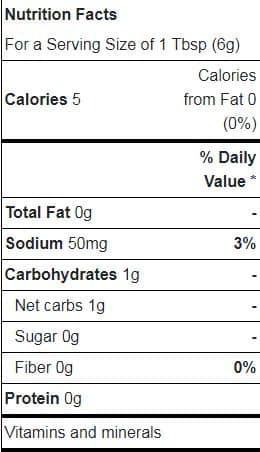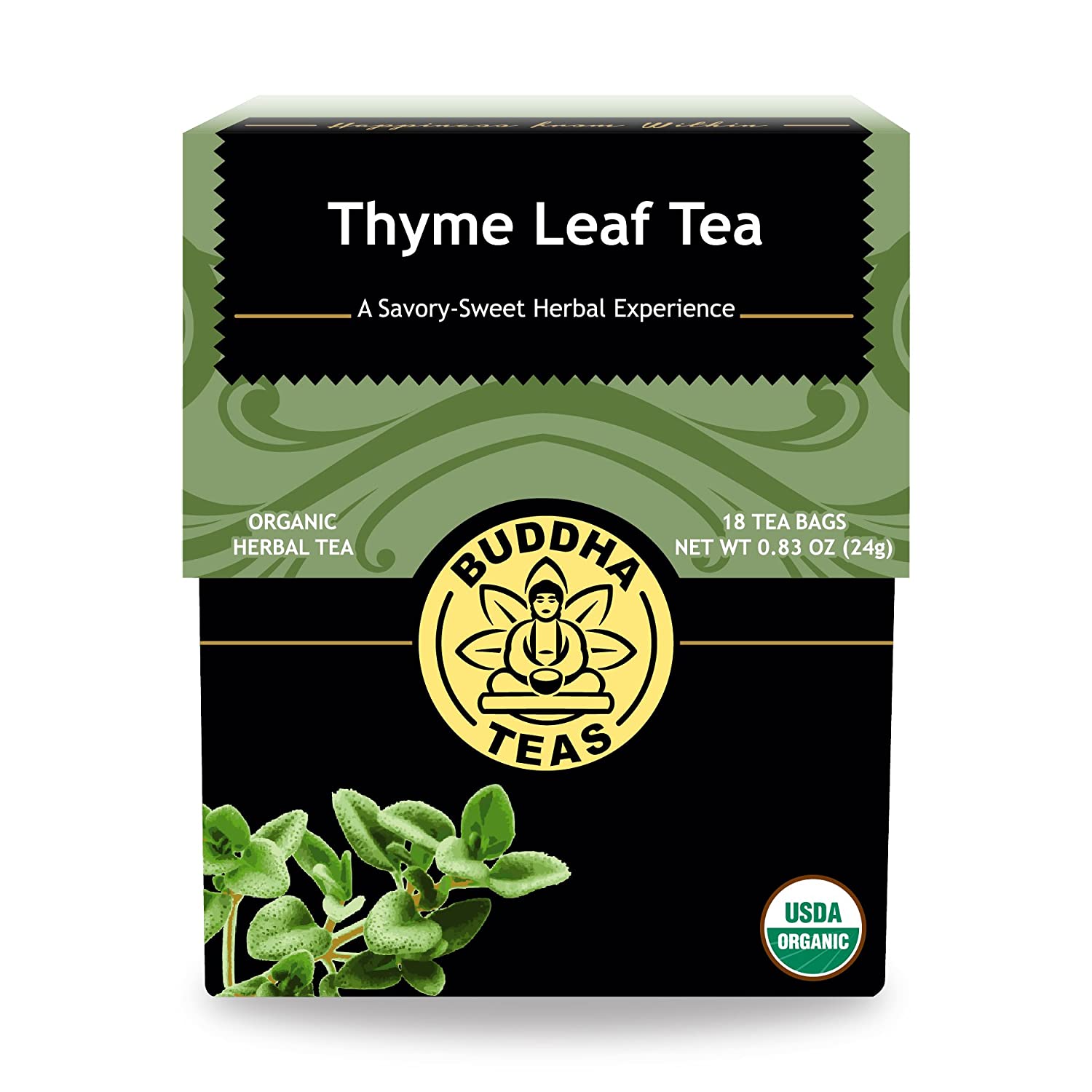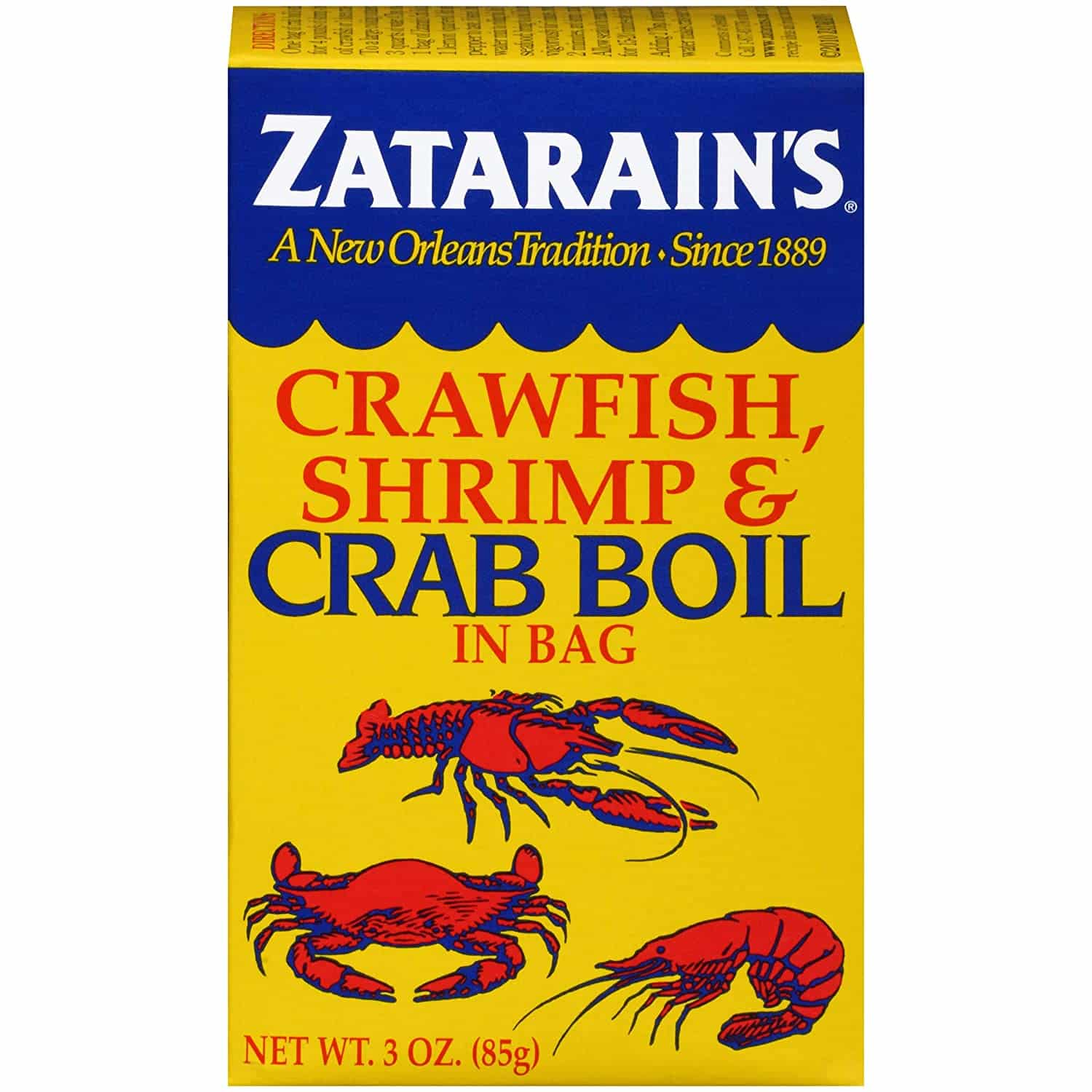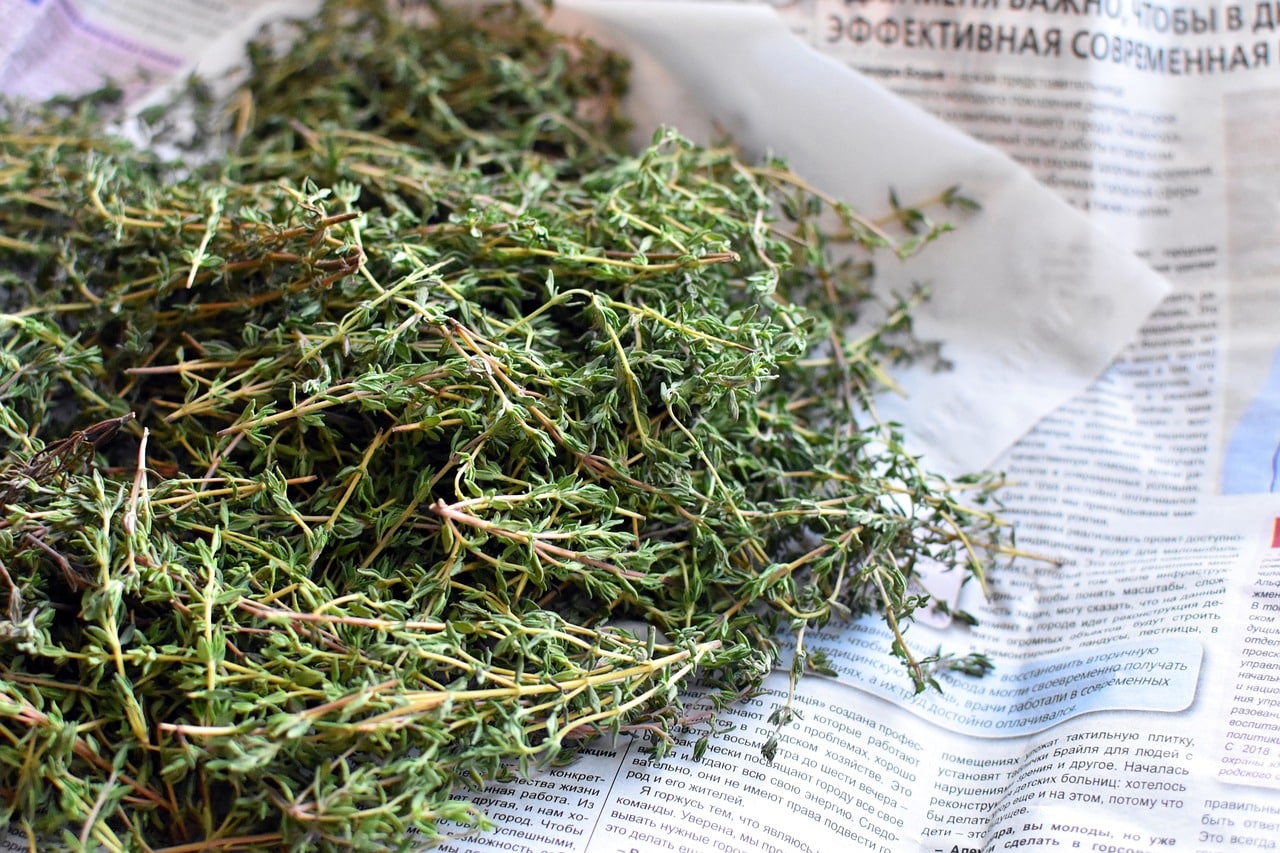Thyme, known as Thymus Vulgaris botanically, is an herb that originates from the Mediterranean region. It is one of the most prized herbs proven to be medicinal and known for its healing powers. Thyme is highly rated and associated with bravery, strength, and courage on the battlefield because it serves as an antidote and a preventer of spells and a lot more in some tribes.
Thyme is great when you use it fresh because it goes well with the traditional Southern Italian pasta, accompanied by eggplants and pepper sauce. It has been proven to be a great complement for vegetables, which includes potatoes and tomatoes. Many grilled chicken, oven-roasted seafood recipes such as sea bass, mullets, crabs all require thyme. It also goes well with grilled and roasted meats, rosemary, and sage. Marinating your meat with thyme in combination with sage and rosemary gives you a great result alongside high-quality pepper and Italian olive oil.
Thyme is comprised of well-rounded small green leaves that grow in clusters on a woody stem. The common thyme, which is easily seen around the neighborhood, has a minty, earthly, and a slight lemonade flavor when used to your dishes. Thyme has more than a hundred variants, and they are mostly named according to the flavors they produce. For example, caraway thyme, orange thyme, and the za’atar thyme are all named to match their flavor profile.
Due to the savory-sweet, not too strong, and grounding flavor taste, thyme can bring some complexity to your dishes, be it mushrooms, steak, poultry, pastries, and other vegetable dishes. When using fresh thyme, you should let it steam for a long period because it withstands long cooking, giving you the flavor you need.
Dried thyme for fresh nutrition facts:

Fresh thyme can be used with the stem while cooking, or the leaves can be plucked off and sprinkled on your meal as you begin to serve. The leaves are so small and need no chopping, giving you a somewhat fibrous and tender texture when you chew it, which is juicy and delicious for your dishes and desserts. When cooking with thyme, it is also advisable to add it early on in the process so the flavor and oils will have time to extract into your stock and stews. In Italy, thyme is an essential part of the garnish bouquet and herbes de Provence used in preparing these delicacies and aromatic oils for traditional foods.
Use in different types of recipes
Thyme gives that earthly taste, which serves as a medicinal spice your recipes doubling from soups, teas, herbs, and even sauce. The presence of thyme in these recipes gives you a distinct taste. Other recipes where thyme can be used include;
- Roasted Red Peppered Chicken Sauce recipe
- Potato Leek Soup recipe
- Grilled Honey Glazed Salmon
- Fennel Apple Soup recipe
- Roasted Brussels Sprouts with Pecans
- Teas
Substitute dried thyme for fresh
Be it dried or fresh thyme. The differences are in the textures and appearances because they still offer the same chemical components, taste, and still gives you relatively close health benefits. Dried thyme is a suitable substitute for fresh thyme because of its durability when stored from time to time. They are more concentrated in terms of flavor because, when dried, the leaves shrink together, reducing the total mass and maintaining the same flavor level as the fresh ones.
Here are some ways you can substitute dried thyme for fresh thyme in your meals. The basic measurement or general rule of thumb for your recipe when substituting fresh for dried herb is in the ratio of one tablespoon of fresh = 1 teaspoon of dried. This is due to the high concentration of flavor and potency got from the dried herb.
Substitute Dried Thyme for Fresh in Steak
Whether your steak is from a slice of broiled or grilled beef, fish, or roasted meat, substituting dried thyme for fresh thyme in your steak improves the texture of your steak as you chew. The dried thyme adds a slightly crunchy taste to your meat, which makes it an appealing dish.
Substitute dried thyme for fresh in tea
In some parts of the Medditerean and Asia continent, thyme tea has become a common tea type. And it is highly regarded because of its nutrients. It mixes up well with Lime, Lemon, or Grapes. The dried thyme can be used in place of the fresh thyme by adding it to your boiled water and cover it up to steam for 5-10 minutes, depending on the quantity of your tea, which increases the concentration. It is advisable to filter out the leaves for ease of drinking, although some persons do not mind.
Read More: Thyme Butter Recipe
Substitute dried thyme for fresh in vegetables and seafood
The process of cooking your vegetables and seafood always requires mild heat. Substituting dried thyme for fresh thyme enhances the flavor of these dishes without overpowering the original taste. A perfect example is Sauté. Fresh thyme brings out the true flavor but can be easily replaced by dried thyme, which brings out the flavor and enhances the texture.
Substituting dried thyme for fresh thyme in herbs
Thyme is considered a basic recipe for herbs because of its medicinal qualities. The substitution of the fresh thyme by the dried thyme helps maintain the herbs’ durability and increases the effectiveness because of the potency of the flavors gotten from dried thyme. Also, dried thyme can be felt and chewed.
Frequently asked questions [FAQs]
How do I substitute dried thyme for fresh?
Just as stated above, in substituting dried herbs for fresh. The general rule to follow and always keep in mind is to replace one (1) tablespoon of the fresh herb with one (1) teaspoon of the dried herb. The same applies to your thyme.
How can I preserve my fresh thyme?
One major way to prolong the lifespan of your fresh thyme is to store it in the refrigerator. But this might be counterproductive in the long run because if the leaves get frozen, it loses its freshness hence its nutrients.
What is thyme good for?
Thyme is medicinal with potency in digestive illnesses. It also serves ornamental use. The leaves, flowers, and oil gotten from thyme have been used in the medical field to combat stomach ache, diarrhea, sore throat, and arthritis.
Conclusion
Both forms of thyme are perfect for your meal and can be easily substituted for each other. However, the use of dried thyme requires caution because it is more concentrated and should not be used excessively without the stated rule above, or use the ratio of 1:3, when substituting dried thyme for fresh.




